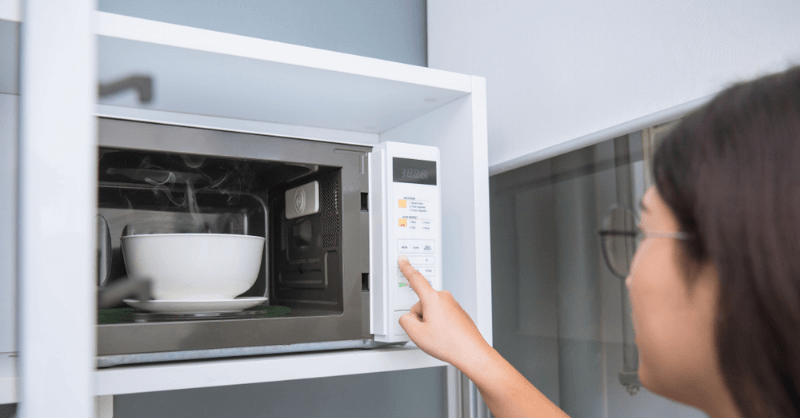1. What temperature to reheat food in oven celsius?
The recommended temperature for reheating food in the oven, as stated in the content provided by the website, is approximately 165 degrees Celsius. This temperature ensures that the food is thoroughly reheated, reducing the risk of foodborne illnesses while maintaining its quality.
2. How long to reheat leftovers in oven?
Leftovers should be reheated in the oven for a longer duration, typically ranging from 15 to 20 minutes. This allows for thorough heating of the food, ensuring it reaches a safe temperature for consumption while also retaining its flavor and texture.
3. How to reheat food in oven?
Food can be reheated in the oven by preheating it to the desired temperature, placing the food in an oven-safe dish, covering it with aluminum foil to prevent drying out, and heating until it reaches the desired temperature.
4. How to heat up food in the oven without cooking it?
Food can be reheated in the oven without cooking it by preheating the oven to a low temperature, placing the food in an oven-safe dish, covering it with aluminum foil, and heating it until warmed through. This method helps to avoid overcooking or drying out the food while ensuring it reaches a safe temperature for consumption.
5. What temperature to warm up food in oven?
Food should be warmed up in the oven at a temperature of around 350°F, as suggested by the content found on One Education.
6. What temperature to reheat food in oven uk?
Food should be reheated in the oven in the UK at a temperature of 165°F (75°C).
7. How to heat up food in the oven?
Food can be reheated in the oven by preheating it to the desired temperature, placing the food on an oven-safe dish, covering it with aluminum foil to prevent drying out, and then placing it in the oven for the recommended time until heated through.
8. How to reheat food without drying it out?
Food can be reheated in the oven without drying it out by placing it in an oven-safe dish, covering it with aluminum foil, and heating it at a low temperature, typically around 200-250°F (95-120°C), until warmed through. This method helps retain moisture and prevents the food from becoming dry.
9. Can we reheat food in OTG?
Yes, food can be reheated in an OTG (Oven, Toaster, Grill).
10. Why is using an oven recommended for reheating hot appetizers?
Reheating hot appetizers in the oven is recommended because it ensures even heating throughout the food, helping to maintain its original texture and flavor. This method also reduces the risk of uneven heating, which can lead to some parts of the food being too hot while others remain cold. Using an oven allows for greater control over the reheating process, resulting in better overall quality of the reheated appetizers.
11. What is the correct procedure for reheating food?
The correct procedure for reheating food involves preheating the oven to the desired temperature, placing the food in an oven-safe dish, covering it with aluminum foil to prevent drying out, and heating it until it reaches an internal temperature of 165°F (74°C). Once heated thoroughly, let the food rest for a few minutes before serving to allow for even distribution of heat.
12. How do you reheat meals in the oven?
Meals can be reheated in the oven by preheating the oven to the desired temperature, placing the food in an oven-safe dish, covering it with foil to prevent drying out, and then heating it until it reaches the desired temperature throughout. It is important to ensure that the food is heated evenly to avoid cold spots.


![]() 14 minutes
14 minutes